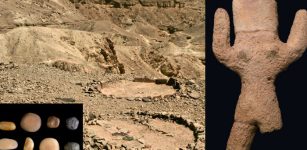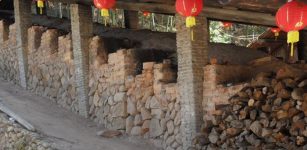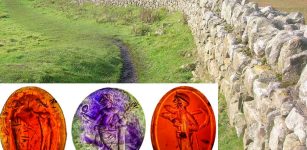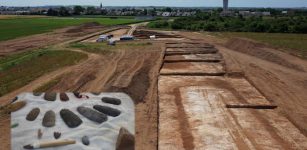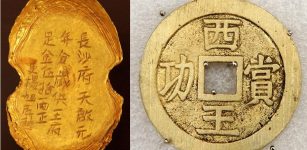Armenians’ Origin Theory By Herodotus Debunked By New DNA Study
Conny Waters - AncientPages.com - Armenians, historically residing in the Armenian highlands of Western Asia, were traditionally thought to be descendants of Phrygian settlers from the Balkans. This theory was bolstered by linguists who noted connections between the Armenian language and the Thraco-Phrygian subgroup of Indo-European languages. However, a recent comprehensive whole-genome study is challenging this perspective.
The research indicates no significant genetic link between Armenians and Balkan populations. By comparing newly generated modern Armenian genomes with published genetic data from ancient individuals in the Armenian highlands, alongside both modern and ancient Balkan genomes, this study provides new insights into the genetic history of Armenians.
“For centuries, historical beliefs have shaped our understanding of the past, often leading us to accept theories as truth,” said Dr Anahit Hovhannisyan, Marie Curie Fellow in Trinity College Dublin’s School of Genetics and Microbiology, and first author of the just-published study in the American Journal of Human Genetics.
“However, with the availability of whole genome sequencing and the advancement of ancient DNA research, we can now question and reframe these long-held ideas, revealing a much more nuanced and scientifically grounded view of the history of human populations.”
The researchers conducting the new study have also challenged a previously held belief regarding the ancestry of the Sasun, an Armenian group from the southern Armenian highlands, now southeastern Turkey. Historical sources such as the Bible, cuneiform texts, and local folklore had suggested a link to Assyrian ancestry. However, this study found no evidence supporting that connection. Instead, it revealed that the Sasun population underwent a notable reduction in size in recent history, distinguishing them from other groups.
“While checking for genetic continuity in the Armenian highlands, we found a genetic input into the region from a source linked to Neolithic Levantine farmers at some point after the Early Bronze Age. In terms of timing and genetic ancestry, this aligns with previous findings in adjacent regions, thus allowing us to conclude that there was a large-scale post-Early Bronze Age movement across the Middle East," said Andrea Manica, Professor at the University of Cambridge, who is the last and co-senior author in the publication.
"The questions of exactly where and when it came from, as well as what triggered such a widespread migration wave, remain unanswered and yet to be studied"
The researchers also shed light on the population structure and genetic variation of different Armenian groups, finding that populations from the eastern, western, and central parts of the Armenian highlands show a relatively high level of similarity.
See also: More Archaeology News
“This is the first study attempting to draw the genetic atlas of the Armenian highlands,” said Levon Yepiskoposyan, Professor at the Institute of Molecular Biology, NAS RA, and co-senior author of the publication.
Written by Conny Waters - AncientPages.com Staff Writer



